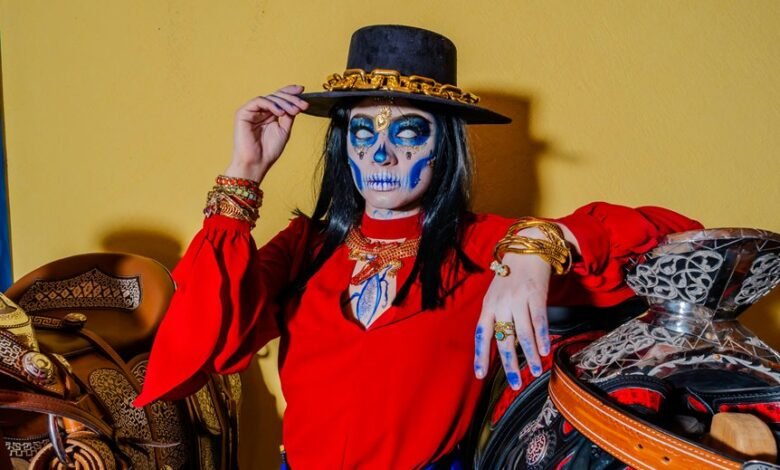Understanding Halloween:57fwawzohue=Disfraces

Halloween costumes, often referred to as "disfraces," serve as a lens through which cultural identity and social commentary can be examined. These garments encapsulate individual expression, bridging personal narratives with broader societal themes. As trends shift in response to pop culture, the role of accessories has become increasingly vital, enriching the authenticity of each portrayal. This dynamic interplay invites further exploration into how these transformations reflect deeper cultural currents and influence modern celebrations.
The Evolution of Halloween Costumes
As Halloween has transformed from ancient rituals to a modern celebration, the evolution of costumes reflects broader cultural shifts and societal trends.
Historical origins reveal that early costumes were crafted from natural materials, such as animal skins and plants, symbolizing protection from spirits.
Today, synthetic fabrics dominate, showcasing innovation and consumerism, while also reflecting an increasing desire for individuality and self-expression in festive attire.
Cultural Significance of Disfraces
Disfraces, or costumes, hold a profound cultural significance that extends beyond mere adornment; they serve as a canvas for social commentary and identity expression during Halloween.
With roots in various cultural origins, these costumes reflect societal values and beliefs.
Costume symbolism allows individuals to embody different personas, challenging norms and facilitating a dialogue about identity, empowerment, and the collective human experience in a celebratory context.
Current Trends in Halloween Costumes
What influences the choices people make when selecting Halloween costumes each year? Current trends reflect a vibrant interplay with pop culture, as characters from hit movies and series dominate selections.
Costume accessories play a crucial role, enhancing authenticity and allowing for personal expression.
As societal dynamics shift, individuals embrace unique interpretations, transforming traditional themes into contemporary statements that celebrate individuality and creativity.
Conclusion
In conclusion, Halloween costumes, or "disfraces," serve as a dynamic canvas for self-expression and cultural commentary, evolving alongside societal trends. For instance, a young woman might choose to don a costume inspired by a powerful female figure from a recent film, not only celebrating her admiration but also challenging traditional gender roles. This example underscores the profound impact of contemporary influences on Halloween, highlighting how costumes facilitate a dialogue between personal identity and cultural narratives, enriching the festive experience.





